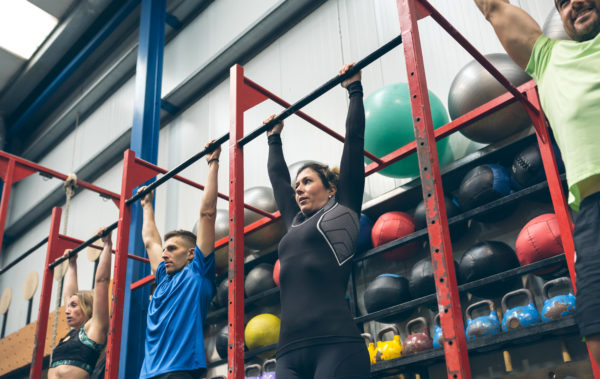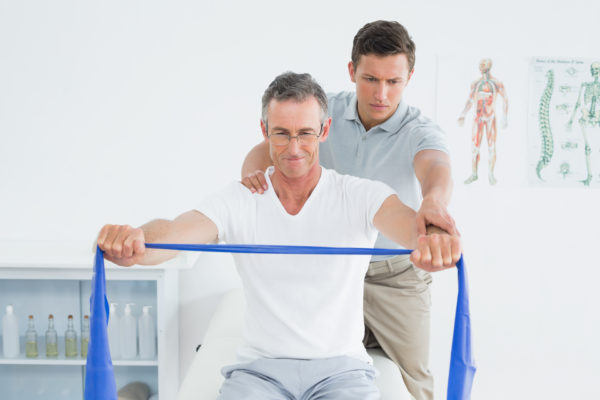Dancing Through the Years: Dance-Based Workouts for Healthy Aging Bones
Aging gracefully involves nurturing not just our minds, but also our bodies. Maintaining bone health is a critical aspect of this journey, and what better way to do so than through the joy of dance? Dance-based workouts offer a dynamic and enjoyable approach to keeping our bones strong and agile as the years go by. Let’s explore how dancing can be a fantastic avenue for promoting healthy aging bones.
Aquatic Exercise for Aging Bones: The Healing Power of Water Workouts
Aquatic exercises offer a range of benefits, from improving bone density to enhancing muscle strength, flexibility, and cardiovascular health. The water’s natural resistance and buoyancy provide a safe and supportive environment for seniors to engage in effective workouts without putting excessive strain on their joints and bones.
Joint-Friendly Fitness: Gentle Exercise Alternatives for Managing Joint Pain
If you have joint pain, it’s important to talk to your healthcare provider or a qualified fitness professional before starting any new exercise routine. They can provide personalized recommendations based on your specific condition and health status. However, here are some alternative exercises that are generally considered low-impact and may be helpful for individuals with joint pain
The Role of Diet in Managing Joint Pain: Foods to Eat and Avoid
The foods that we eat can have a significant impact on our overall health, including our joint health. Certain foods contain nutrients that can help reduce inflammation and pain, while others can contribute to inflammation and worsen joint pain. In general, a diet that is high in fruits, vegetables, whole grains, lean protein, and healthy fats is recommended for people with joint pain.
Mind Over Pain: Understanding the Link Between Mental Health and Joint Pain
This blog post explores the complex relationship between mental health and joint pain. By highlighting the ways in which these two issues are interconnected, the article provides valuable insights into the strategies and tools that can be used to manage pain and improve overall well-being.
Joint Pain and Sleep: How Lack of Sleep Affects Joint Health
Joint pain and sleep are closely linked, and research has shown that lack of sleep can have a negative impact on joint health. There are several ways in which sleep deprivation can contribute to joint pain and inflammation.
One of the main ways that lack of sleep affects joint health is by increasing inflammation throughout the body.
Managing CTS Symptoms During Pull-Up Exercises: Tips for a Pain-Free Workout
Carpal tunnel syndrome (CTS) is a condition that can cause discomfort and challenges for individuals who enjoy doing pull-ups as part of their fitness routine. Pull-ups require significant use of the wrists and hands, which can exacerbate CTS symptoms, such as pain, numbness, and tingling.
Shoulder exercises for CTS patients
Shoulder exercises can be beneficial for CTS patients in several ways. First, they can help improve posture. Poor postures, such as rounded shoulders and forward head posture, can lead to imbalances and increased tension in the neck, upper back, and shoulders, which can exacerbate CTS symptoms.
Wrist Exercises That Help Increase Strength & Flexibility in CTS Patients
Wrist exercises are physical movements or activities that are specifically designed to target and strengthen the muscles, tendons, and ligaments in the wrist and hand. These exercises can help to improve wrist stability, flexibility, and strength, and may be beneficial for individuals with conditions such as CTS.
How To Do Push-Ups If You Have Carpal Tunnel Syndrome
Carpal tunnel syndrome (CTS) is a condition that affects the median nerve, which runs through a narrow passage called the carpal tunnel in the wrist. When the median nerve becomes compressed or irritated, it can cause symptoms such as pain, tingling, numbness, and weakness in the hand and fingers. These symptoms can make it challenging for some people with CTS to perform push-ups comfortably, as the exercise requires weight-bearing through the wrists and can potentially exacerbate wrist pain and discomfort.









